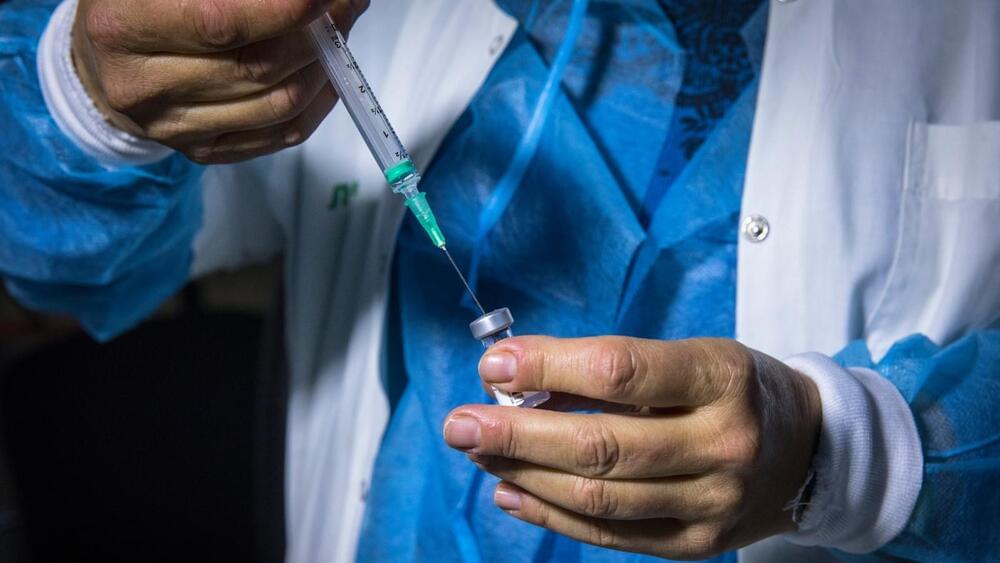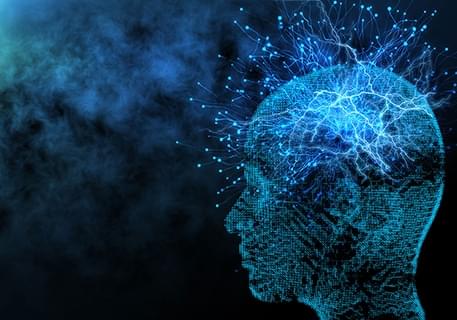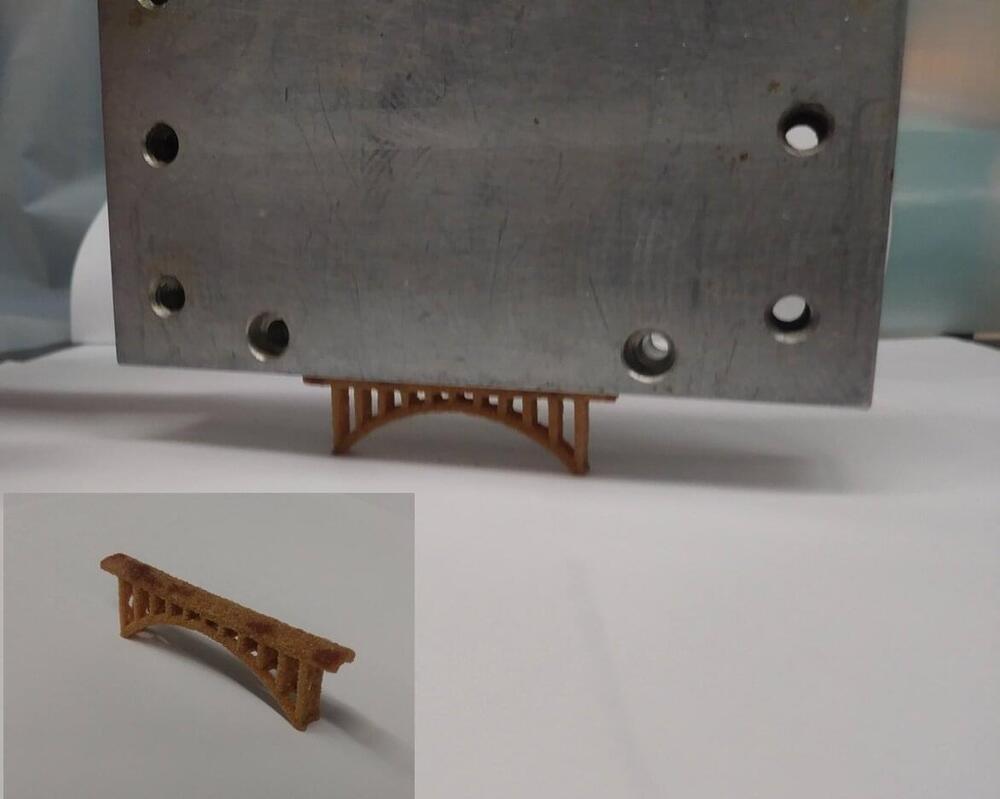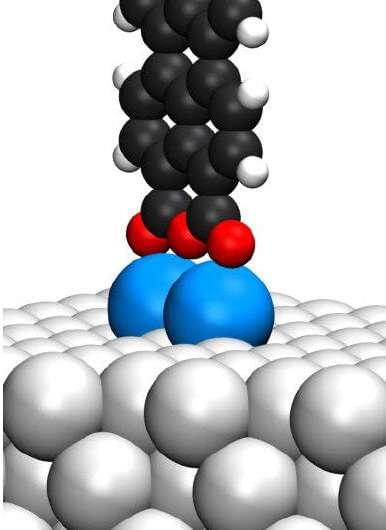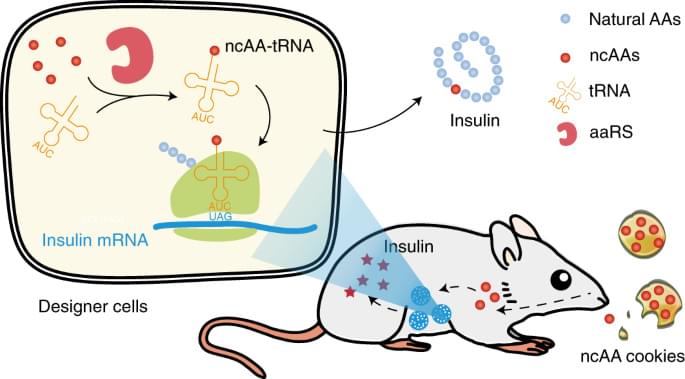As the scientists reported Monday in Annals of Internal Medicine, they didn’t find any. Which means that the woman, who they are calling the “Esperanza Patient” to protect her privacy, appears to have eradicated the deadly virus from her body without the help of drugs or a bone marrow transplant — which would make her only the second person believed to have cured herself of HIV, without drugs or any other treatment.
“This gives us hope that the human immune system is powerful enough to control HIV and eliminate all the functional virus,” said Xu Yu, an immunologist at the Ragon Institute of MGH, MIT, and Harvard and senior author on the new report. “Time will tell, but we believe she has reached a sterilizing cure.” The discovery, which was previously announced at the Conference on Retroviruses and Opportunistic Infections in March, could help identify possible treatments, researchers said.


